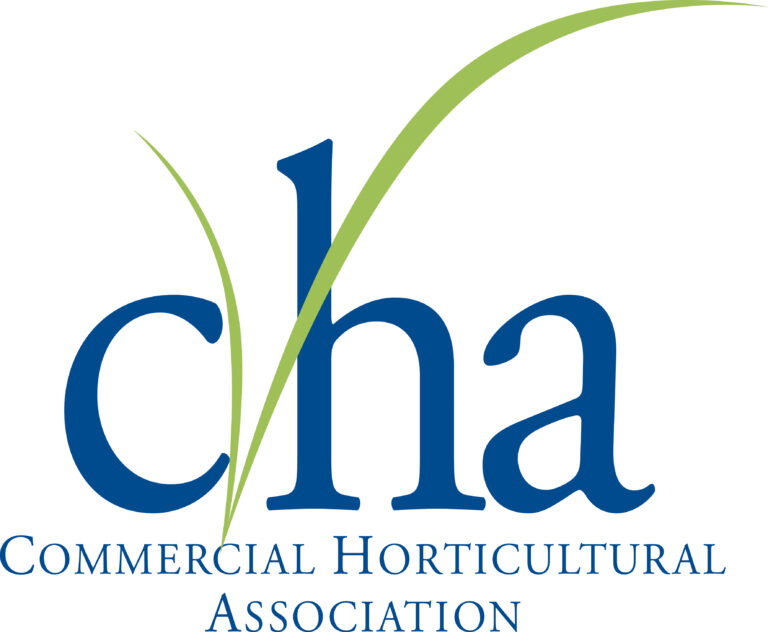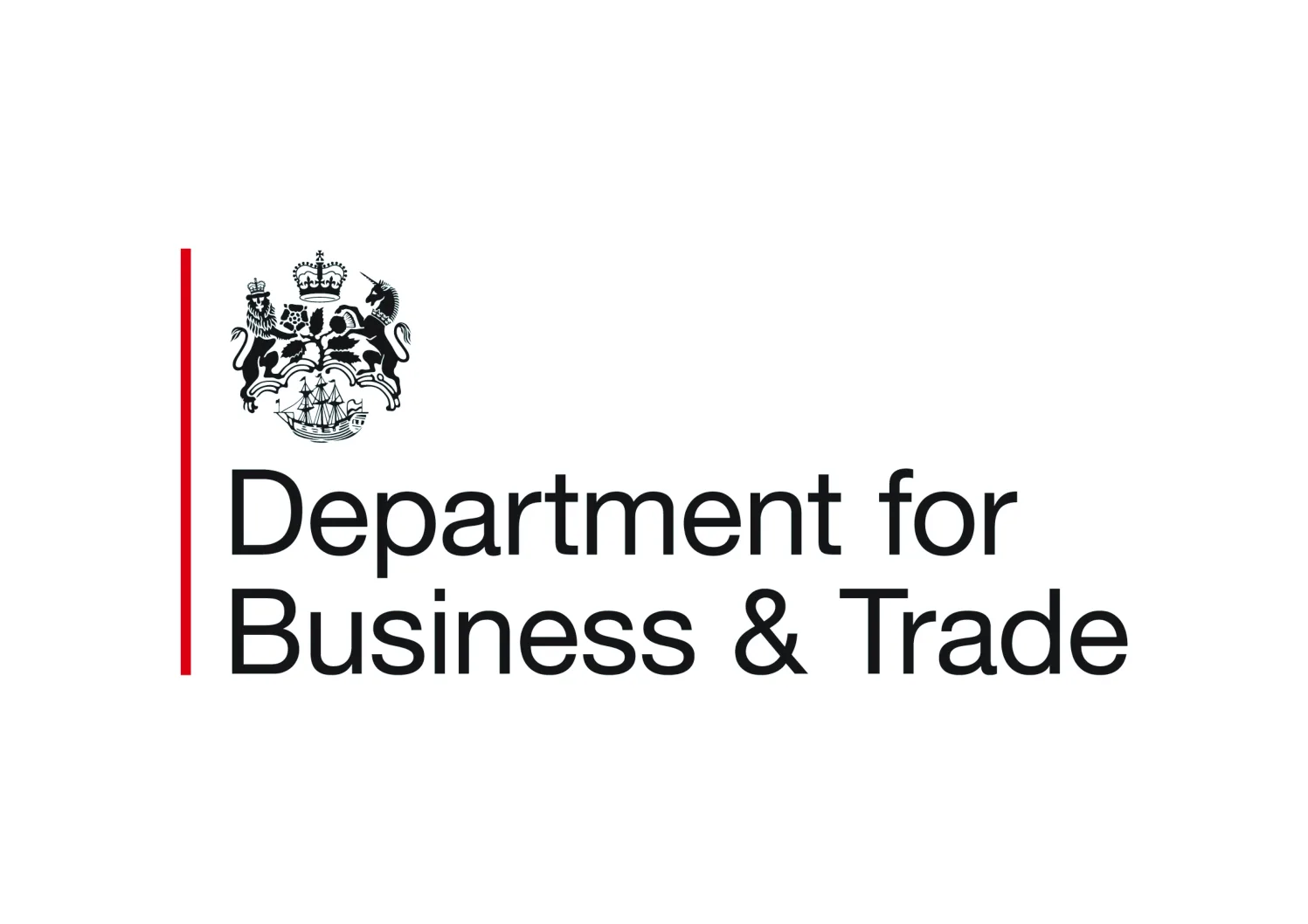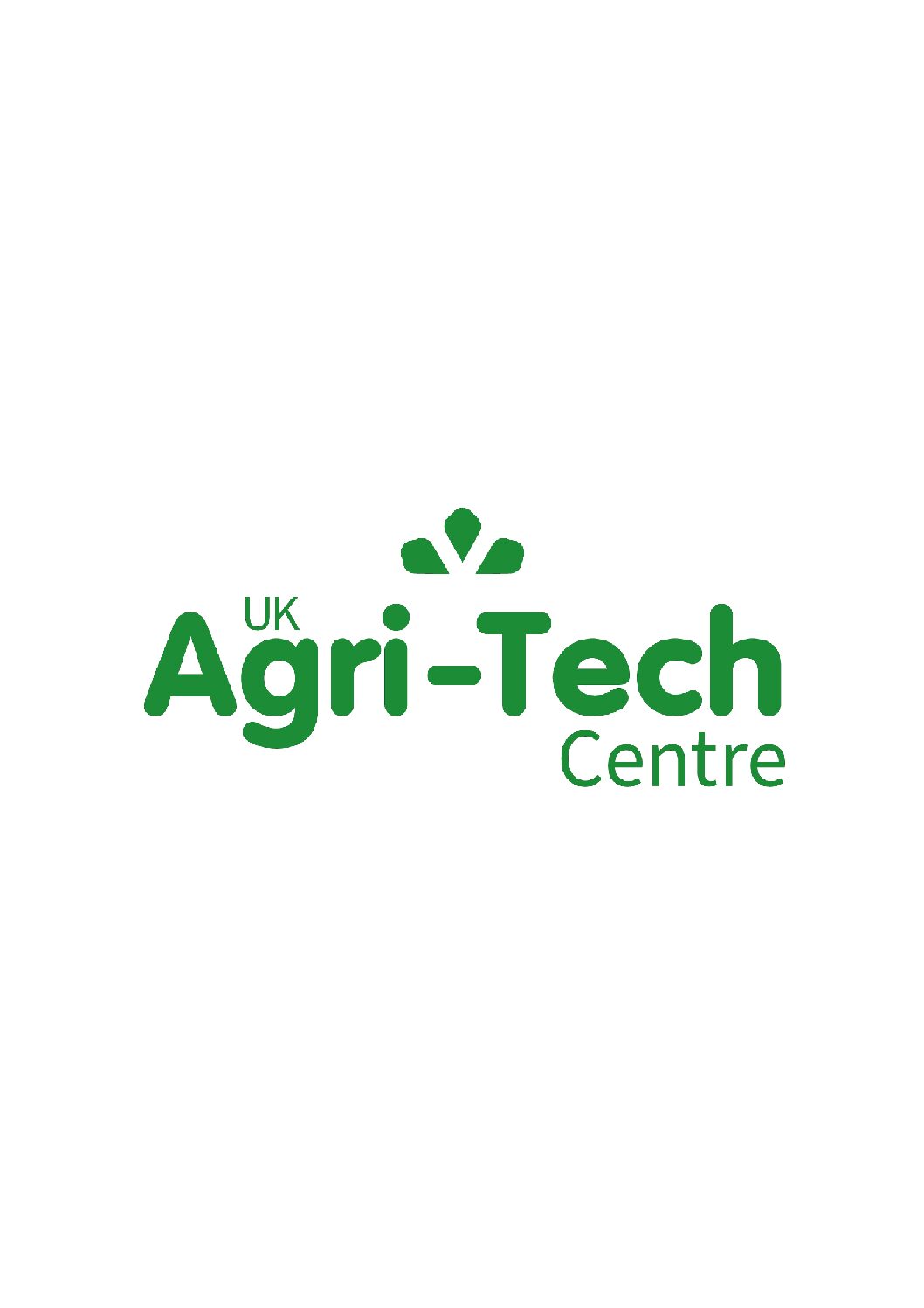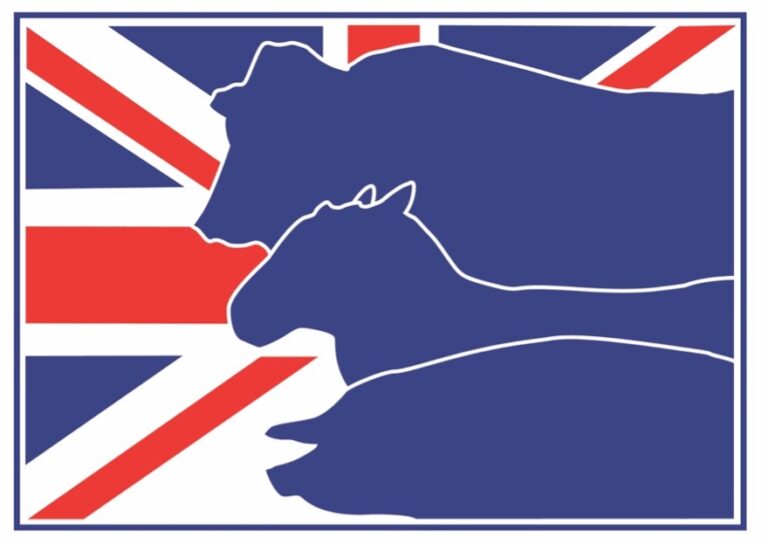Mission to Paraguay DBT, UKECP & UKTAG October 2024
The 5th of October 2024 was the start of another exhausting, but fascinating mission for Rob Grinnall, representing UKECP and UKTAG, to Paraguay.
Paraguay is a key player in the world food production: a country of 7 million in population that produces and exports food for nearly 100 million people in a wide variety of products such as corn, soya, beef (8th largest global beef exporter) and by-products, and other proteins, fruits and vegetables. With extreme fertile soils and favourable climates, the country holds promise for sustainable growth and collaboration with UK’s Agri and Agri-tech ecosystem.
At the invitation of MAF LATAC, Rob set out with literature and promotional material for the UK agri-tech industry. Aimed at promoting regenerative agriculture in the country, it was to be an exploratory visit bringing home ideas for sectors of cooperation.
The mission was sponsored by DBT, Brown & Co and Berkemeyer.
After a 24-hour journey time, meetings began in earnest on the Monday morning with breakfast at His Majesty’s Ambassador Ramin Navai’s Residence where introductions to the other delegates were made.
- His Majesty’s Ambassador Ramin Navai.
- Charles Whitaker – Brown & Co
- Pedro Guarderas – Brown & Co
- William Turner – LEIFF
- Martin Forsen – Silvipar
- Dr Rob Grinnall MRCVS – UKECP, UKTAG
- Tamanna Sidika – First Secretary Agriculture and Mercosur (Agricultural Attaché) at British Embassy Brasilia
- Federico Wodtke – LATAC Agri-Tech Leadn British Embassy, Buenos Aires
- Gonzalo Grosso – Trade & Investment Office, British Embassy Asunción
- Karol Garcia – Climate Change, British Embassy Asunción
HMA Navai explained how he felt that Paraguay was the perfect environment:
- Politically stable
- UK friendly
- Young population
The next stop was La Mision hotel where presentations were given by Sponsors LEIFF and Berkemeyer on doing business in Paraguay and the many benefits offered such as a 10% tax rate, then moving onto the work done by Silvipar in the eucalyptus forestry sector. This was all fascinating and gave a great introduction to all of the work that has been ongoing for many years in the rebuilding of the agri-sector of the country, with regards to the climate impact. The forests of Paraguay were all but completely removed in the past decades and now reforestation is a major business and income.
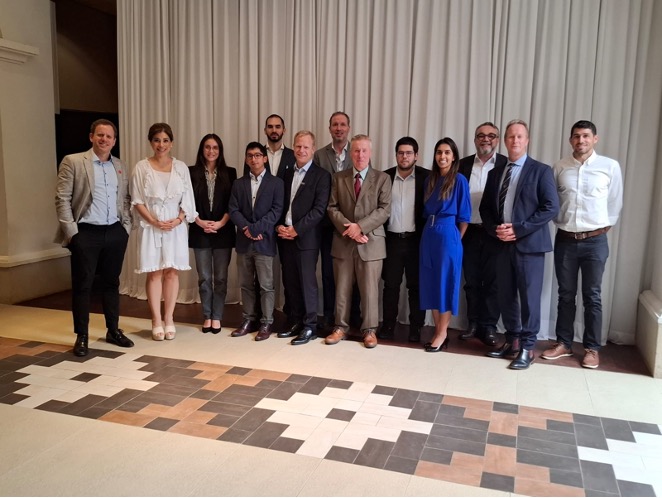
That evening a meeting with CEA y APPEC (Center of Agricultural Experimentation) allowed further sharing of information and experience in agriculture.
Tuesday morning saw the 4 delegates interviewed for Forbes magazine. This was no mean achievement when one considers that a recent copy saw the Predisent feature on the front cover and within. All were delighted to have the opportunity to explain their visit to interviewer Fabricio Meza.
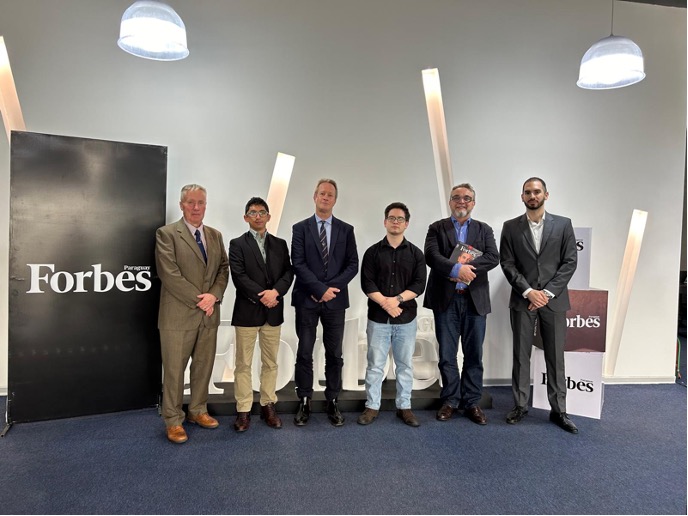
Lunch was hosted by CREA (Regional Consortium for Agricultural Experimentation) an enormously forward-thinking group of young farmers and families with a desire to share knowledge and experience on their farms.
The afternoon was hosted at the British Embassy where we were introduced to IPTA (National Agritech Institute). Again, this gave an insight into the needs and challenges of the farming sector in Paraguay.
They explained the need for innovation, and R&D in agriculture. They want to support sheep production nationally as well as the beef sector and would look for UK training. Meat goats were also a sector they might be looking to develop
One of the highlights of the visit was the bull auction in Asuncion with Las Talas, where Bradford, Brangus and Brahman bulls were auctioned in the cool of the evening, with a service of local foods and drinks.
One of the highlights of the visit was the bull auction in Asuncion with Las Talas, where Bradford, Brangus and Brahman bulls were auctioned in the cool of the evening, with a service of local foods and drinks.
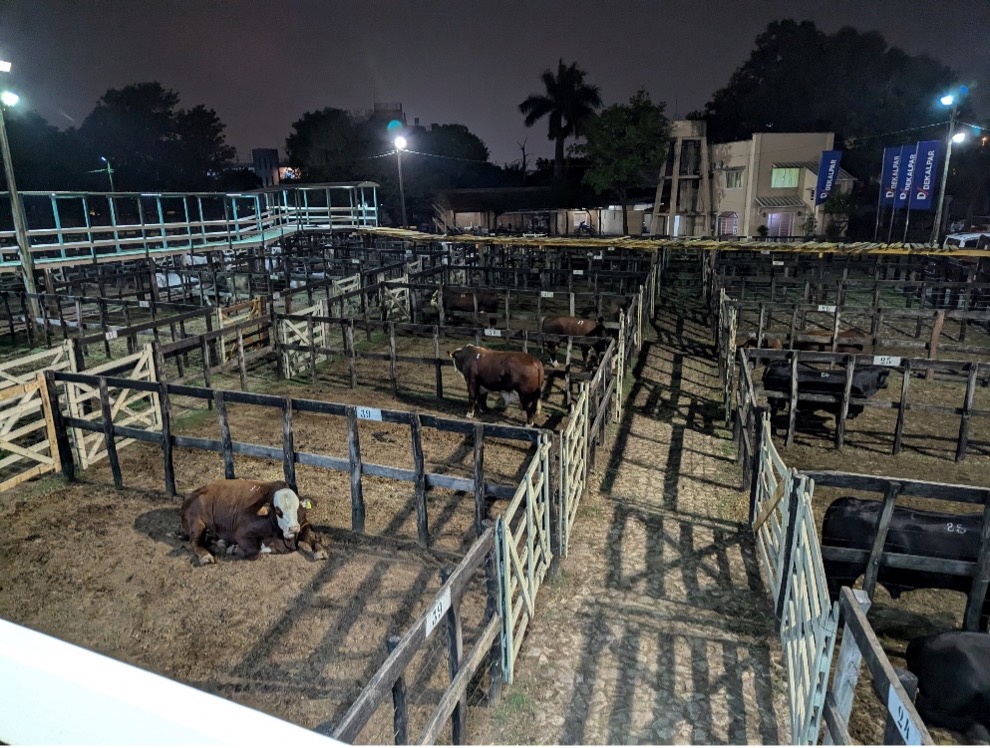
Wednesday morning started with a meeting with Dr. Hugo González – Biogenetics, who was interested in what we could offer Paraguay in terms of ovine and bovine genetics. Dr González expressed interest on genomics, new genetics and equipment. He felt that the Angus and Hereford sectors needed new bloodlines and that there was an interest in milking sheep in some regions for cheese production.
From there it was a speedy move to the SENASCA headquarters where we met with a full team of the officials, including their president to discuss the latest draft on the bovine semen EHC. Discussions surrounded the concerns on bovine tuberculosis and the background to control within the UK. Explaining the rigour of our system and the controls avoiding conflict of interest were the basis for the discussions. Paraguay, like all importing countries wish to ensure the biosecurity of their agricultural industry and the UK offers quality, healthy stock for imports.
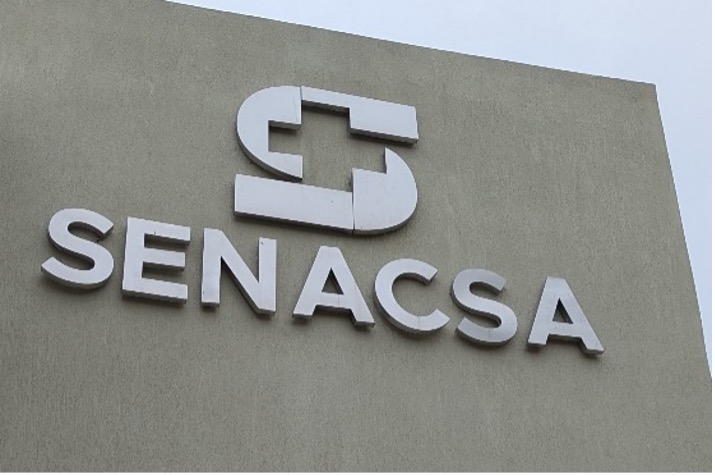
Bo Ranch – This stunning hacienda style ranch produced quality livestock for shows and expos.
Mainly a cattle producer they had been tempted into Texels and Hampshires. Bradfords and Brahmans were shown. They used fixed timed AI with fresh semen to aim for batch calving in the cattle. There was also embryo transfer work done in the cattle where the 50% Bradford was found to be the best recipient. Issues are the extreme heat and diseases from ticks and habronemiasis. The show cattle were receiving a 40% supplement and were in absolutely great shape considering it was not show season. The Bradford was the top-rated female in Paraguay and 3rd in LATAM.
The sheep are housed for much of the time, but unusually the lambs are separated from the ewes for ½ day once they reach 30 days of age. This seemed an unusual system, but the feeling was that the ewes were not milking enough and getting the lambs onto hard feed at the earliest time had its benefits.
The ewes were a mix of Uruguayan genetics and imported UK Texel semen. It was early days of the project, but the work could be seen to be working.

Las Magnolias – We moved on to the next ranch which was owned by the wife of the Minister for the Environment. She has a farm of cattle, sheep, Falabella miniature and Criollo horses. This lady was clearly motivated by her love for her livestock and was trying to make in-roads into Texel sheep breeding. She also had a single Hampshire ewe and lambs. Her wish to improve her stock and invest in this new venture was clear.
Embryos uptake on those imported from the UK had been poorer than hoped and growth rates on some were reduced. In addition, there had been a lack of pigmentation around the eyes and muzzles in some. The pure UK genetics were struggling with the heat endured, in this part of Paraguay, but the mix with the Uruguayan texels seems to make a difference. We discussed grazing during the night when it might be cooler, but there are very real worries of packs of wild dogs and thefts.
It might be possible to zero graze with buildings cooled with mists and fans as electric is so cheap in a country where all the power is from huge hydro dams. She was generous enough to invite us back to her mother’s hacienda where we were treated to a lovely lunch with traditional foods and homemade cheese and jam.

Oujeja Texel Farm – Finally, on to Oujeja Texel Farm, where our host Ignazio kept his record-breaking Texel sheep. Ignacio has thought this through as with all pedigree breeders, he is putting in effort and time. His stock are watched 24/7 against theft. The paddocks are being cultivated for better quality grass, and the handling pens and supplementary feeding are planned.
We emphasised the need to keep the stock looking well and selling to the right people. It is important to keep the brand image high and not sell to places where the genetics cannot be successful.
Again, most success so far is in UK x Uruguayan genetics. They seem to have a little more heat resistance and they have smaller heads wanted for easier management.

The take home messages from this exhausting day were:
The take home messages from this exhausting day were:
- Don’t try to replace native stock, rather improve.
- Listen to local management issues, whether they be heat, extremes, poor forage, thefts.
- Collaborate with preparation of breeding stock whether before or after insemination.
- Use of supplement and feeds could be significant.
Finally, in closing on this amazing and taxing trip, the messages for the UK and the agri-sector are much the same.
Sustainability of the livestock in a climate that is changing.
Productivity improvements feeds more population and increases profitability per livestock unit.
Management of the environment is crucial in agriculture across the world and we can play a part in assisting in this.
Collaboration in farming through agri-tech is a great way to promote UK plc and to show the way in which we lead in the sector.





